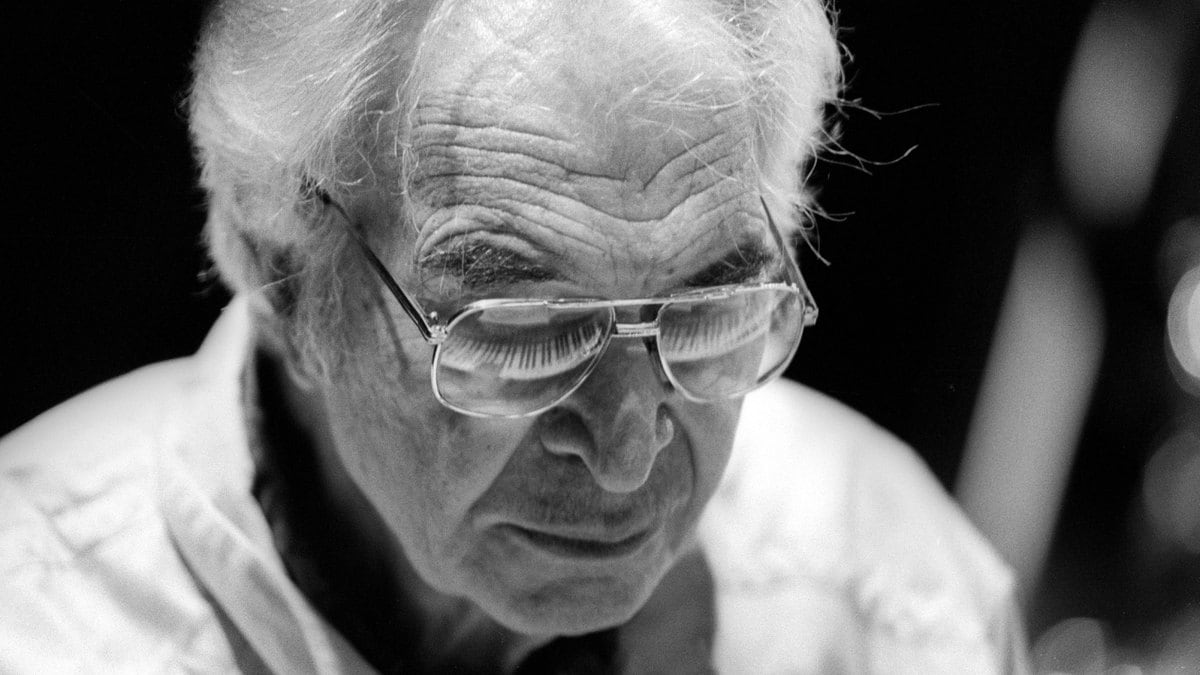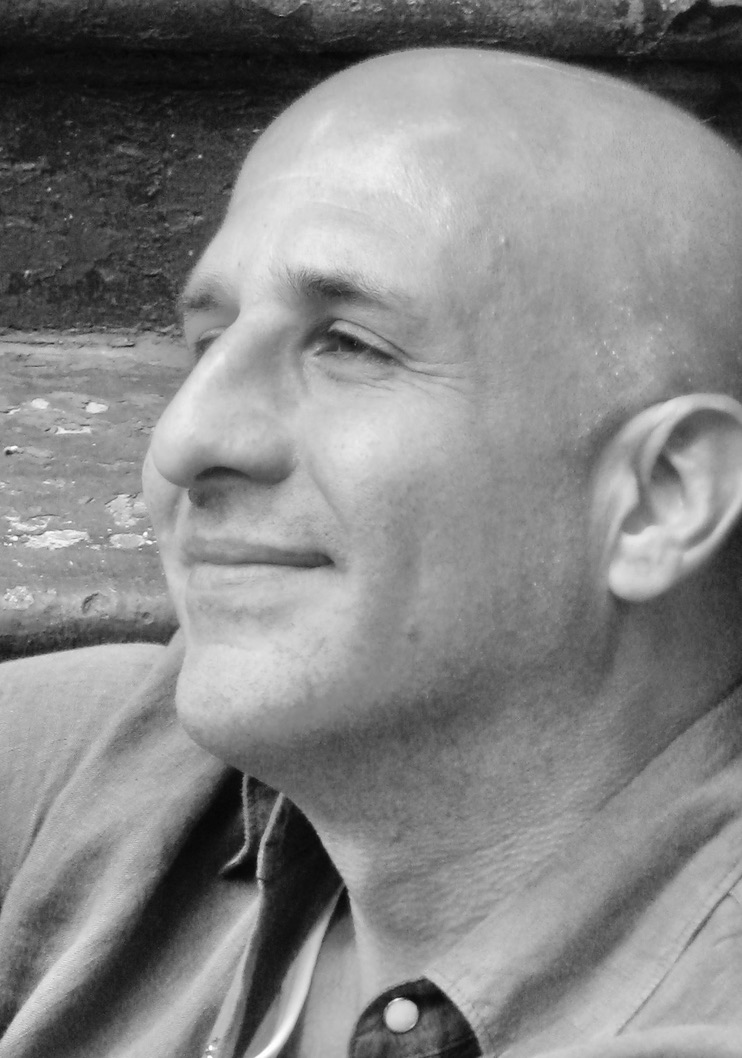Music
Courtesy of the Brubeck Collection, Wilton Library.
Can Dave Brubeck’s Cantata Bring Black and Jewish Communities Together?
more timely
“The Gates of Justice,” Brubeck’s 1969 masterwork, gets revived with his sons in tow, and reopens a conversation Americans need to have.

Trending Now





